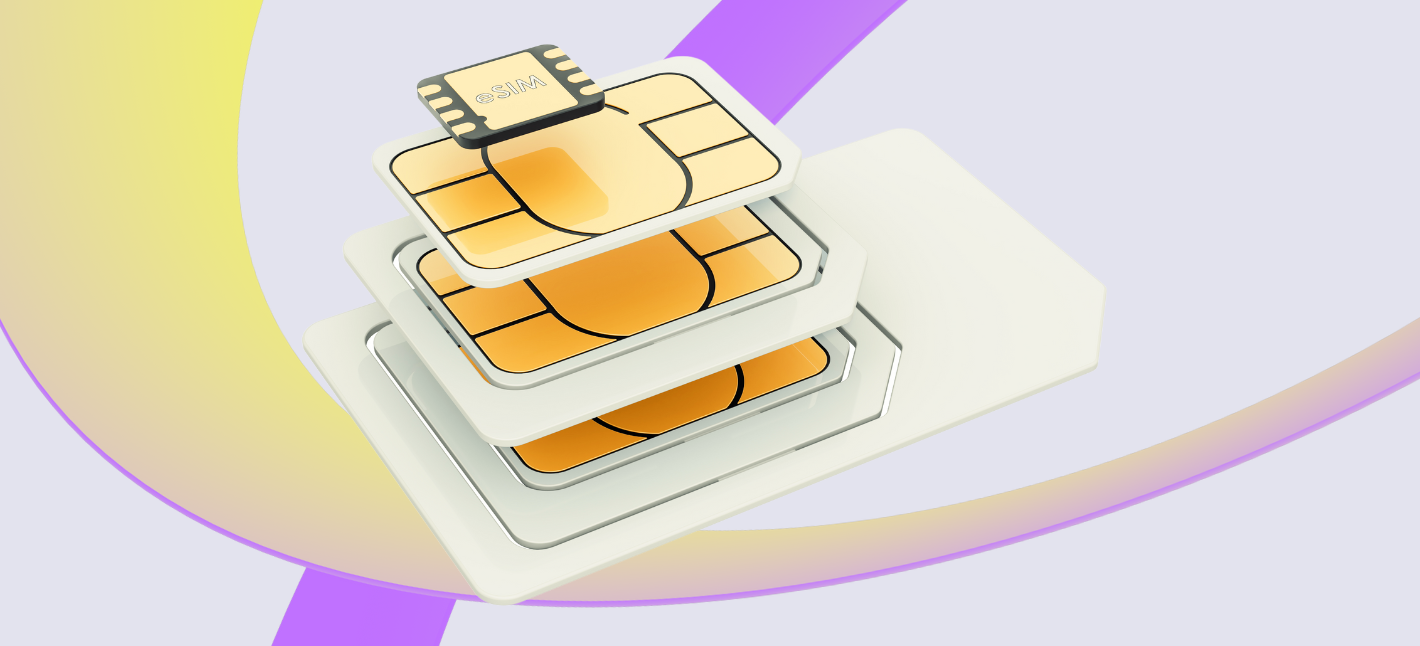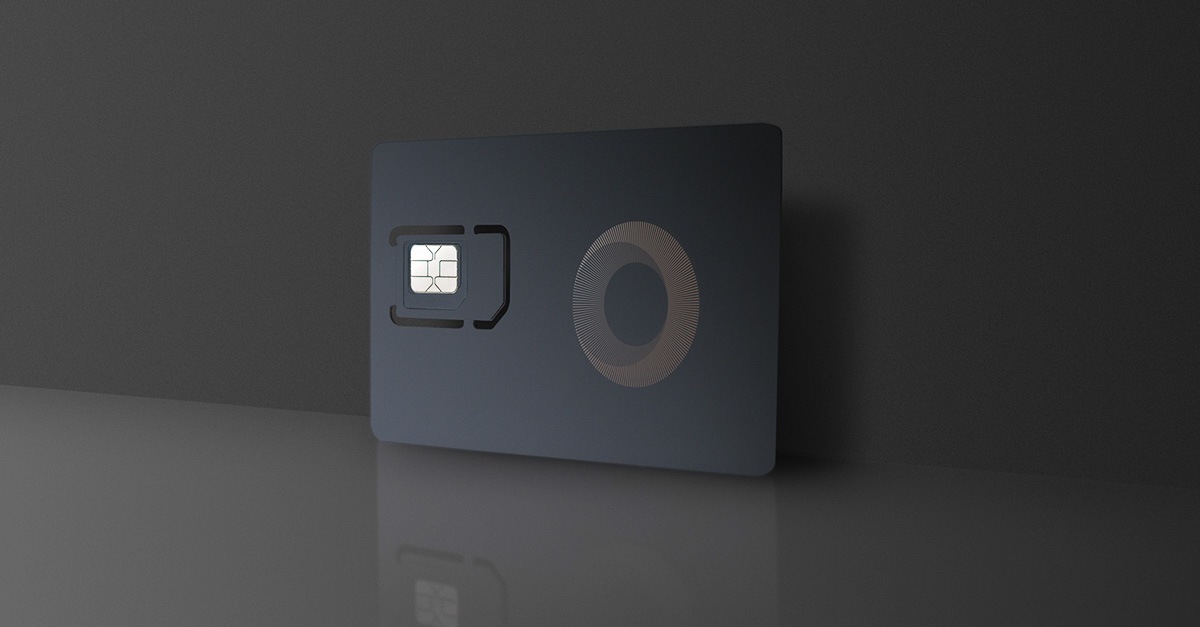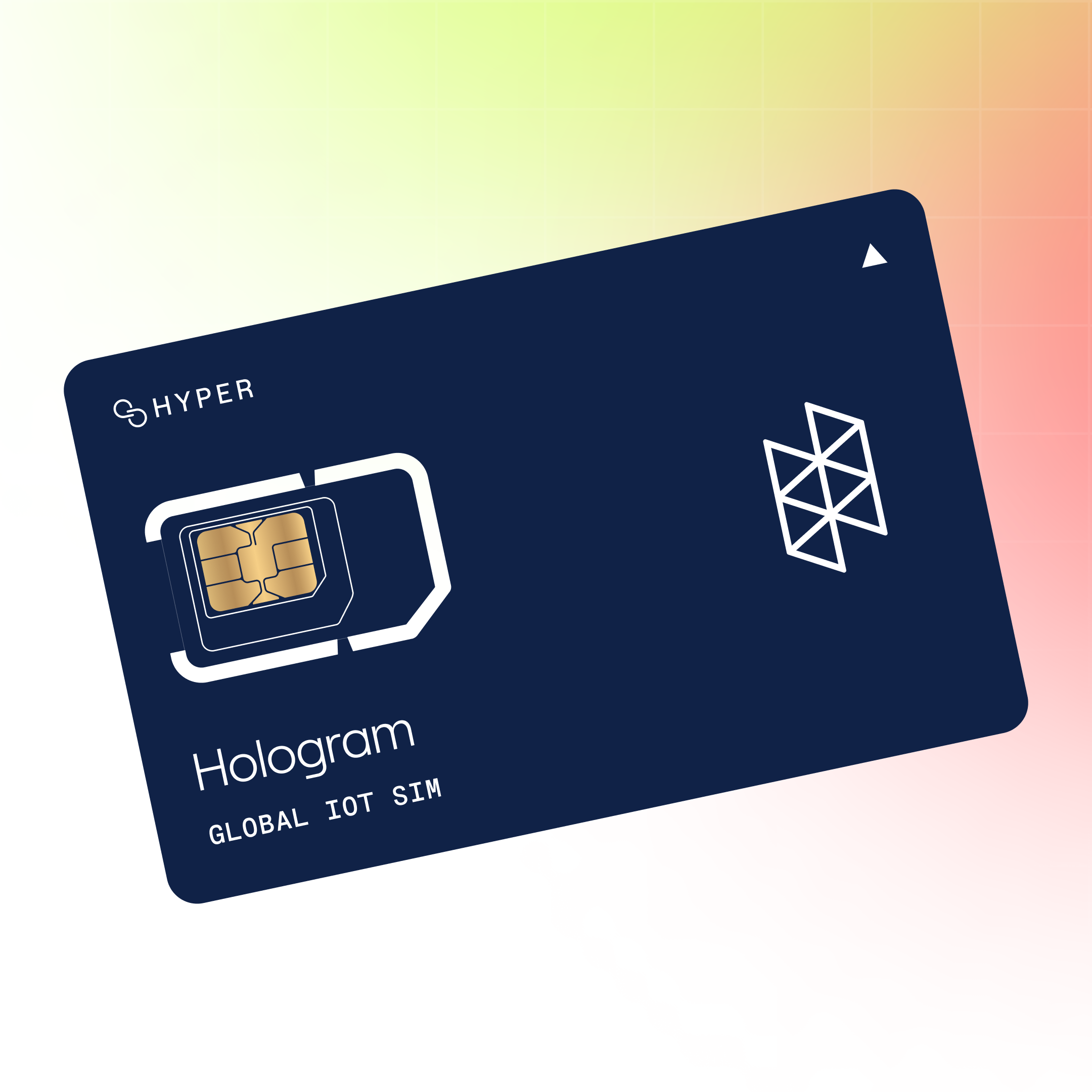Iot Remote Monitoring And Control Advantages of Remote Monitoring in IoT
Iot Remote Monitoring And Control Condition Monitoring with IoT Alerts
The rapid evolution of technology has considerably transformed the panorama of asset monitoring. As businesses attempt to optimize their operations, IoT connectivity solutions for asset tracking have emerged as pivotal tools for enhancing efficiency and reliability. By leveraging these progressive technologies, organizations can monitor the location and status of their priceless property in real-time, facilitating knowledgeable decision-making and bettering total productiveness.
IoT connectivity involves the integration of varied units and sensors that communicate over a community. When utilized to asset monitoring, these units collect knowledge concerning the situation and site of an asset, transmitting it to a centralized system for evaluation. This connectivity ensures that stakeholders have entry to accurate and timely data, enabling them to address issues before they escalate.
The proliferation of low-cost sensors and developments in wireless technology have made it easier for corporations to implement IoT connectivity solutions for asset monitoring. GPS, Wi-Fi, Bluetooth, and cellular technologies are just some examples of the connectivity strategies available. Each has its benefits and unique purposes, allowing businesses to determine on the most effective answer for his or her operational wants.
To achieve meaningful asset tracking, corporations typically make the most of a mix of those connectivity technologies. For occasion, GPS is good for monitoring assets over large geographical areas, while Wi-Fi is more fitted to indoor tracking solutions. Bluetooth, on the opposite hand, serves properly for short-range monitoring and could be notably helpful in settings like warehouses or retail environments. By choosing the right mix of technologies, companies can optimize their asset administration methods.
Iot Global How IoT Systems Aid Facilities
A key benefit of IoT connectivity solutions for asset monitoring lies of their capacity to provide real-time visibility. This functionality permits organizations to keep tabs on their assets constantly, guaranteeing that they do not seem to be lost or misplaced. Moreover, having quick entry to information can help firms allocate assets higher, lowering downtime and enhancing productiveness.

Data analytics performs an instrumental position in the efficacy of IoT asset monitoring solutions. The steady circulate of data from linked units can be analyzed to establish patterns, forecast equipment wants, and optimize maintenance schedules. Predictive analytics can alert organizations about potential failures, allowing them to behave promptly and prevent expensive breakdowns.
It Remote Monitoring Software Comprehensive IoT Remote Monitoring Solutions
Moreover, knowledge collected via IoT connectivity can enhance the general safety of the belongings being tracked. With the integration of smart locks and alarm techniques, organizations can notify safety personnel instantly in case of unauthorized access or movement. This creates an extra layer of security that traditional monitoring methods often lack.
Integration with existing administration methods further amplifies the advantages of IoT connectivity solutions for asset monitoring. By syncing real-time knowledge with inventory management, ERP, or CRM techniques, businesses can acquire deeper insights into their operations. This interconnectedness enhances the decision-making course of, fostering a more agile organizational construction.
Iot Remote Asset Monitoring Solution Revolutionizing Patient Monitoring with IoT
The adoption of IoT connectivity options extends beyond mere location tracking. Asset tracking now encompasses monitoring environmental conditions, corresponding to temperature or humidity, for delicate belongings like prescription drugs or perishable goods. This capability ensures that property are maintained inside their required parameters, stopping spoilage or degradation.
The implementation of these solutions, nonetheless, doesn't come without challenges. Organizations must contemplate features similar to data privateness, cybersecurity, and community reliability. An effective IoT asset tracking system requires rigorous investment in safety protocols and infrastructure to guard sensitive info from potential breaches.
Remote Monitoring Vessel Monitoring Solutions Using IoT
Despite these challenges, the advantages of IoT connectivity for asset monitoring are simple. Companies that embrace this innovative technology can enhance their operational efficiency, scale back losses, and streamline processes. The financial implications are significant, as businesses can save on labor costs and optimize inventory turnover rates.
In industries the place property are important to operations, corresponding to logistics, manufacturing, or healthcare, the stakes are even larger. Real-time monitoring not solely improves asset go to this site utilization but also can lead to enhanced customer satisfaction. Clients can receive well timed updates concerning their shipments, which fosters belief and loyalty.
Looking in the course of the longer term, the mixing of AI and machine learning into IoT connectivity options guarantees even larger developments in asset monitoring. These technologies can automate knowledge analysis and provide actionable insights, enabling organizations to remain forward of the curve. As the technology continues to advance, businesses that spend cash on these solutions will likely acquire a aggressive edge.
Furthermore, the growing trend towards sustainability emphasizes the significance of efficient resource administration. IoT connectivity options facilitate better asset monitoring, thereby lowering waste and promoting responsible consumption. Businesses dedicated to sustainability can benefit from the improved efficiency supplied by these technologies.
Iot Global Software for Remote Asset Management
In conclusion, the landscape of asset tracking is quickly altering with the appearance of IoT connectivity options. By harnessing the ability of real-time information, companies can optimize their operations, improve security, and foster higher decision-making. Despite the challenges posed by implementation, the advantages far outweigh the drawbacks. As organizations continue to innovate and adapt, the way forward for asset tracking seems promising, paving the means in which for smarter, extra responsive business practices.
- Integration of GPS know-how allows real-time location tracking, allowing organizations to monitor assets throughout huge distances seamlessly.
Iot Global Insights from IoT Monitoring Reports
- Use of low-power wide-area networks (LPWAN) enhances connectivity in remote areas, supporting continuous asset tracking with out the necessity for frequent battery replacements.
- Cloud-based platforms present centralized information storage and analytics instruments, empowering companies to make knowledgeable decisions based on actionable insights derived from asset performance.
Role Of Smart Sensors In Iot.
- Advanced sensor expertise can monitor environmental situations, corresponding to temperature and humidity, guaranteeing the preservation of delicate property throughout transit.
Iot Remote Asset Monitoring Solution Guide to Real-Time IoT Monitoring
- Edge computing capabilities reduce latency by processing data close to the supply, guaranteeing instant updates and minimizing the risk of knowledge loss throughout connectivity interruptions.
- Blockchain integration presents enhanced safety and transparency, sustaining an immutable record of asset histories, which is essential for supply chain audits and compliance.
- Geofencing features permit corporations to arrange digital boundaries, triggering alerts each time an asset enters or exits these designated zones, facilitating higher risk management.
Remote Monitoring Using Iot IoT Remote Monitoring: Applications and Functions
- Multi-network connectivity choices enable seamless transitions between completely different communication protocols, ensuring consistent protection even in areas with variable signal power.
- Smart tags geared up with RFID and NFC technologies enable quick scanning and stock administration, considerably reducing the time needed for asset verification in warehouses and retail environments.
- Implementing machine studying algorithms helps predict maintenance needs and asset failures, promoting proactive administration and lengthening the lifespan of critical gear.
What are IoT connectivity options for asset tracking?
Iot Remote Monitoring And Control Advantages of Remote Monitoring in IoT
IoT connectivity solutions for asset monitoring contain using numerous technologies like LoRaWAN, cellular, Bluetooth, and Wi-Fi to monitor and handle assets in real-time. These options provide businesses with the flexibility to track the placement, condition, and utilization of their assets, guaranteeing enhanced operational efficiency and lowered losses.
How do these options enhance asset visibility?
These solutions enhance asset visibility by offering real-time data about asset location and standing by way of connected units. This information facilitates better stock administration, minimizes downtime, and enables quicker decision-making based mostly on correct information (Iot Remote Monitoring Solution).
Remote Monitoring Using Iot Definition of IoT Remote Monitoring

What forms of property may be tracked utilizing IoT solutions?
IoT options can monitor a broad range of belongings, including equipment, vehicles, stock, and even high-value objects like equipment and instruments. The versatility of these solutions permits for monitoring in numerous industries like logistics, manufacturing, and healthcare. Iot Remote Monitoring Solution.
What are the advantages of utilizing IoT connectivity for asset tracking?
Iot Remote Monitoring Solution Advantages of Remote Monitoring in IoT
The advantages embody improved operational effectivity, elevated accountability, decreased theft and loss, enhanced supply chain visibility, and real-time monitoring of asset situations. These advantages contribute to significant cost financial savings and a greater total business efficiency.

What ought to I consider when selecting an IoT connectivity solution?
When selecting a solution, contemplate factors like network protection, data safety, compatibility with existing systems, scalability, and the whole cost of ownership. Ensuring that the chosen resolution aligns with your specific trade requirements may visit this site also improve its effectiveness.
Is there a safety danger with IoT asset monitoring solutions?
Iot Remote Asset Monitoring Solution Overview of IoT Remote Monitoring
Like all IoT functions, asset tracking options can face security dangers. It’s crucial to implement sturdy security measures such as encryption, safe entry controls, and regular software program updates to protect delicate knowledge and guarantee the integrity of the monitoring system.
How does information analytics play a task in IoT asset tracking?
Data analytics supplies insights derived from the vast quantities of data generated by linked devices. It helps in figuring out utilization patterns, predicting maintenance needs, and optimizing asset deployment, resulting in informed decision-making and strategic planning.
Can IoT asset monitoring options be integrated with my current systems?
Iot Remote Monitoring And Control Guide to Real-Time IoT Monitoring
Many IoT asset tracking solutions are designed to be appropriate with present enterprise systems like ERP and stock management software program. It is important to discuss integration choices with answer providers to make sure seamless data move and operational efficiency.
What is the cost related to implementing IoT connectivity solutions for asset tracking?
Costs can range widely primarily based on elements like the scale of implementation, expertise used, and additional companies similar to software program analytics and help. It’s important to gauge the whole cost in opposition to the anticipated benefits to grasp the ROI of the investment.